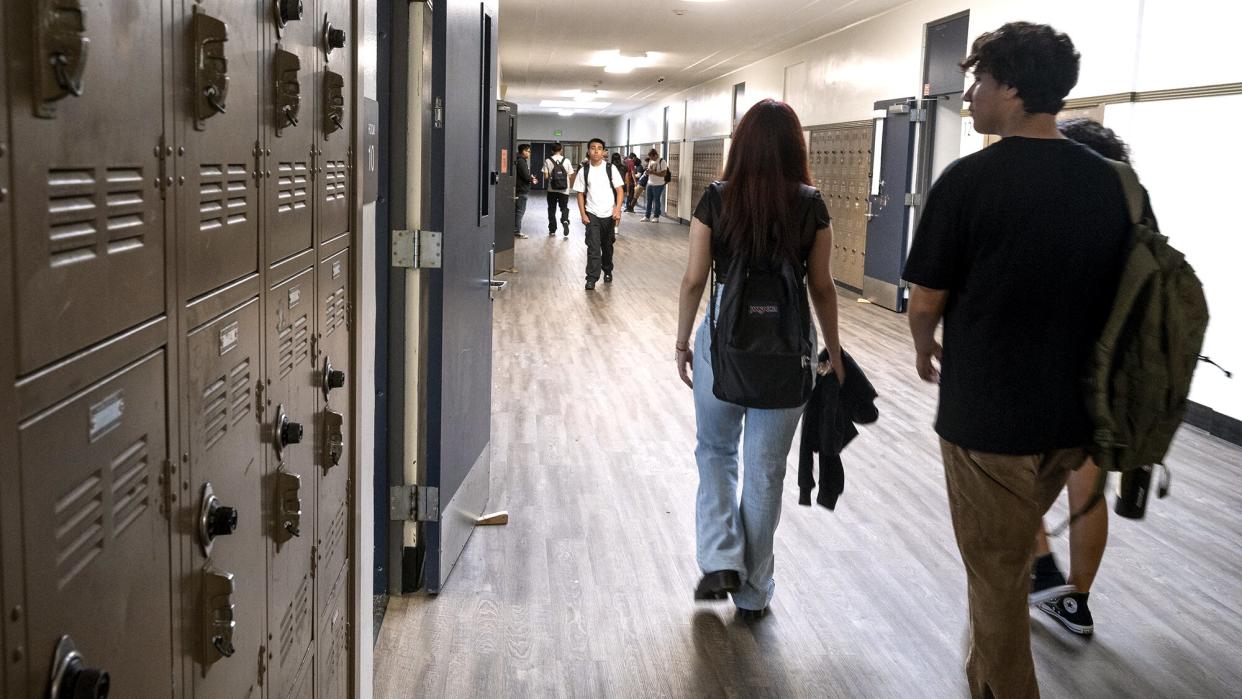California Schools Now Start Later—Here's Why That Matters

Paul Bersebach/MediaNews Group/Orange County Register via Getty Images
School bells are ringing again in California. But this year, students won't be hearing them as early as they used to.
Students can thank a 2019 law, which went into effect July 1 this year, for the extra sleep. The law, signed by Gov. Gavin Newsom on Oct. 13, 2019, states that the school day for middle schools cannot start before 8 a.m. The start time at high schools must be 8:30 a.m. or later. The rules also apply to charter schools, and the legislation suggested the State Department of Education post information about sleep deprivation, which has been on the rise for teens, to highlight the benefits of later start times.
It's tempting to start telling a story about how you walked 40 miles in the snow to get to school by 6 a.m.—which is probably at least a slight exaggeration—and how you think "kids these days need to toughen up."
But research and medical organizations support the need to push back school start times, as the California bill notes. In 2014, the American Academy of Pediatrics (AAP) released a policy statement on school start times for adolescents. In the statement, the AAP recognized that delaying the start of a school day could counter sleep deprivation and benefit students physically (including reducing the risk for obesity) and mentally. The AAP also noted the importance of later start times for safety (such as the reduced likelihood of car accidents caused by drowsiness) and academic achievement.
But data from the Centers for Disease Control and Prevention (CDC) shows that most U.S. schools start earlier than 8:30 a.m.
Though California's new start times are a step in the right direction, at least one study shows it may not go far enough. A 2017 study of U.K. students ages 13 to 16 suggests that starting at 10 a.m. improves health and exam scores.
If your child is on the sleep struggle bus, the CDC recommends:
Parents role model good sleep hygiene, such as by having consistent wake-up and bed times, even on weekends.
Setting a "media curfew" and putting aside technology, including phones and video games, by a specific time each night.
Dimming lights to promote better sleep.
Advocating for later start times in the community.
The CDC has also called on health care providers to educate families on the importance of sleep and common barriers to getting enough rest. The agency also encourages school officials to research and consider the benefits of later start times.

